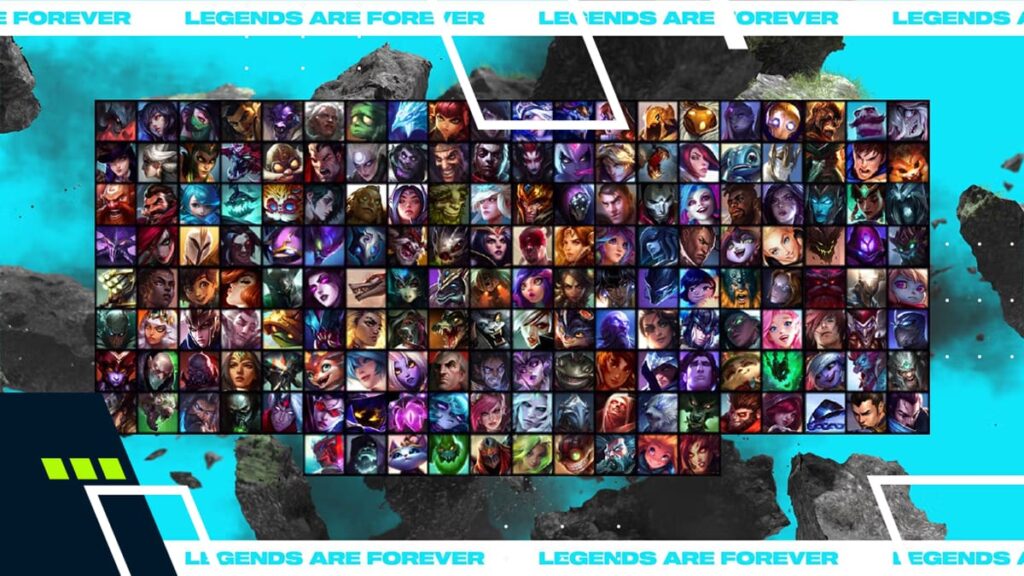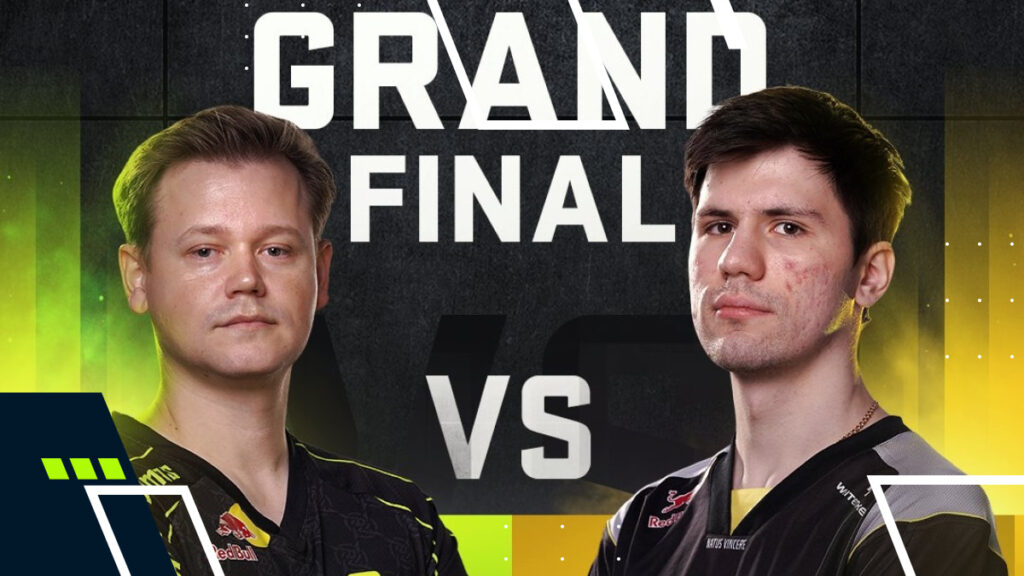PGL Bucharest 2025 – Teams, Format & Watch Live
Counter-Strike returns to Romania for the second time in 2025 with PGL Bucharest 2025. Boasting a huge prize pool of $1.25 million, the 16 teams in attendance are playing for both glory and a huge pile of cash. From April 6th to 13th, this Tier 1 event will keep fans entertained, with every team here looking for their first trophy win of the year.
Watch PGL Bucharest 2025 Live
If you head to the official PGL Twitch channel, you can ensure you don’t miss a round throughout the PGL Bucharest 2025 CS2 tournament.
PGL Bucharest 2025 Format and Teams

Credit: PGL
PGL Bucharest 2025 is split into two distinct stages: the Group Stage and the Playoffs. There is no gap between the two, a symptom of the packed CS2 schedule right now. This means we’re in for a full week of non-stop CS2 action!
Group Stage (April 6th – 10th)
- 16 Team Swiss System Format
- All matches are best-of-three
- Top 8 teams proceed to Playoffs
Playoffs (April 11th – 13th)
- Single-Elimination bracket
- All matches (excl. Grand Final) are best-of-three
- The Grand Final is best-of-five
If you watched PGL Cluj-Napoca 2025 earlier this year, you know exactly what to expect here. It uses the same format, keeping consistency among 2025 PGL events.
PGL Bucharest 2025 Teams
The nature of the packed 2025 CS2 schedule has meant that many of the top teams have decided to skip PGL Bucharest 2025. You won’t see the likes of Vitality, Spirit, MOUZ, or NAVI here. That’s exciting in its own way, as it gives a new team the chance to taste glory for the first time this year.
- G2 Esports
- The MongolZ
- FaZe Clan
- Eternal Fire
- Team Falcons
- Team Liquid
- FURIA
- Virtus.pro
- GamerLegion
- 3DMAX
- Astralis
- paiN Gaming
- Apogee
- Complexity
- Legacy
- Rare Atom
PGL Bucharest 2025 Predictions

Credit: Sebastian Pandelache | PGL
When you look at the teams attending PGL Bucharest 2025, I imagine FaZe Clan will see themselves among the favorites. They’ve had a tough time of late, but I reckon this could be the event we see a few more positive signs from this roster. If they can’t win here, then it really does become panic stations.
As for the expected winners, I think most would have The MongolZ and Eternal Fire pegged as favorites here, given their deep tournament runs in 2025 so far. However, if their performance issues persist even against this slightly lower standard of opposition, both will be extremely disappointed. Personally, I expect one of these teams to lift the trophy at PGL Bucharest 2025.

















